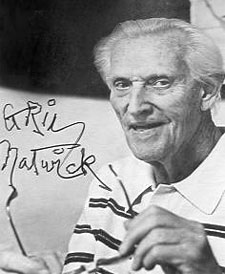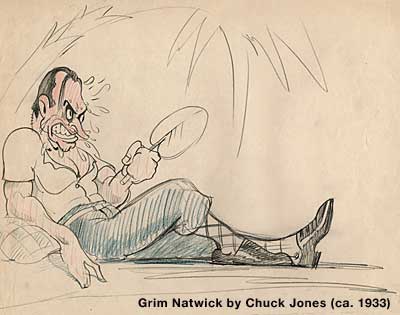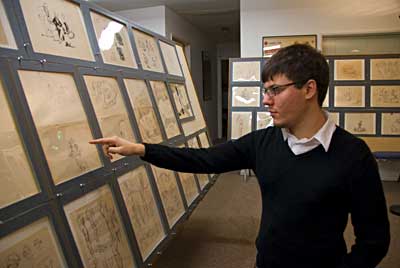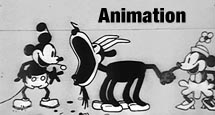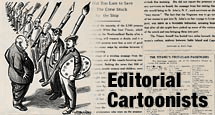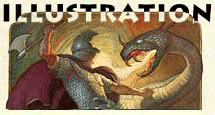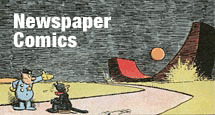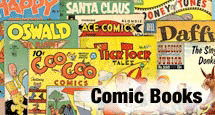NOTE: Do not move on to this lesson unless you have completed Lesson Two
LESSON THREE
Read John Kricfalusi’s introduction to this lesson at…
Animation School Lesson 3: Proportion: Checking Your Copies
Continue working with the three pages from the Preston Blair Book you used in Lessons One and Two…
Draw the characters as accurately as you can using the principles of construction.
Pat attention to how PROPORTION makes a character look the way it does.
Check to see if your proportions are correct by bringing your drawing into Photoshop and comparing it to Preston Blair’s drawing like John K describes in his article.
Look for mistakes. Then draw it again and correct them.
When you are satisfied with your drawings, post them on your blog.
PLEASE NOTE: The procedure for getting your blog listed on this page has changed. Due to the overwhelming response to this course, I don’t have time to add each student’s link by hand. Your assignment will be automatically linked at the bottom of this page if you…
- Click on “links to this post” at the bottom of this posting.
- Click on “create a link”.
- Copy and paste the HTML code into your completed assignment for lesson number 9.
- Publish your post.
Your page will automatically be added to the list of links.
Do not delete or edit your posts or change the title after you have posted them. You will need them later to chart your progress.
Stephen Worth
Director
Animation Resources
This posting is part of an online series of articles dealing with Instruction.





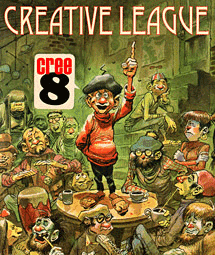










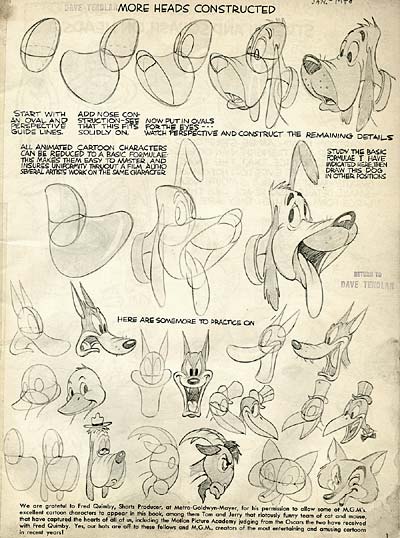
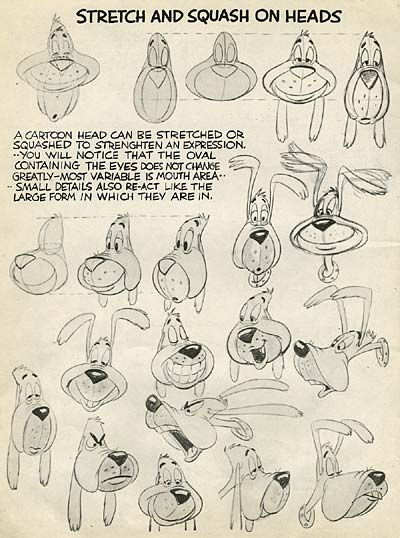
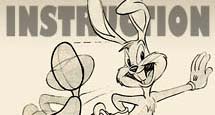
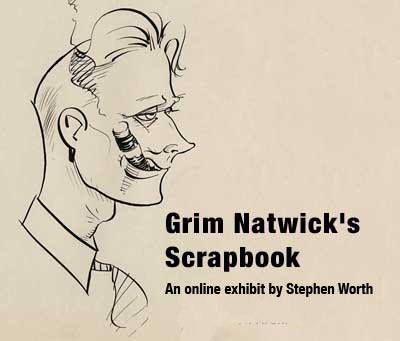
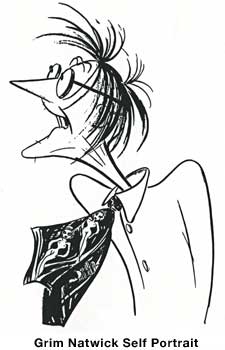 GRIM NATWICK’S SCRAPBOOK
GRIM NATWICK’S SCRAPBOOK